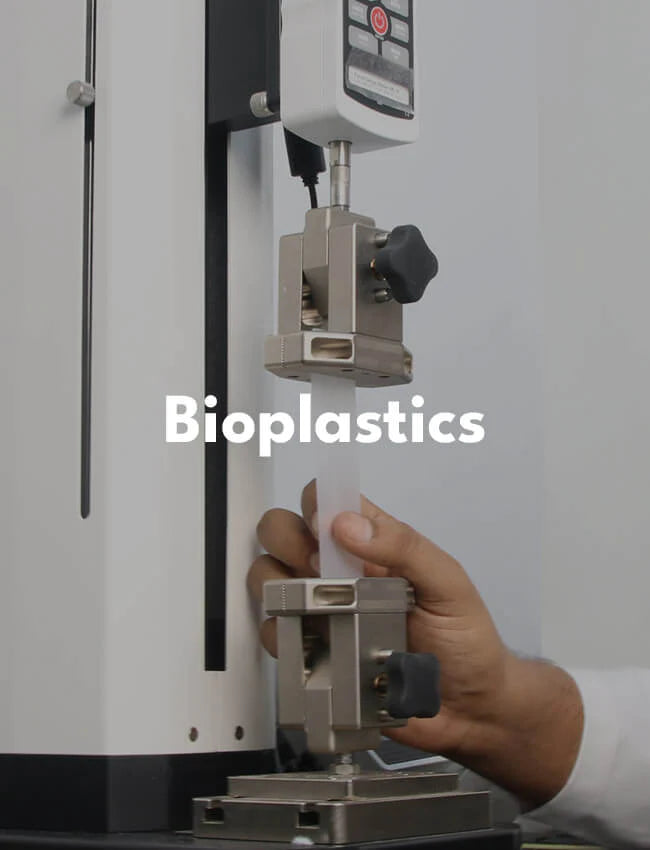Developing biodegradable and compostable films
Did you know that conventional sanitary pads contain up to 90% plastic with back sheet, wrapping film and outer packing pouches made from Polyethylene (PE)? These plastics come from petroleum origins and their waste does not biodegrade for over 500 years.
Our Bioplastics department is working on developing bio-based, biodegradable and compostable film made from different materials such as thermo-plastically modified starch, poly butylene adipate-co-terephthalate (PBAT), poly butyl succinate (PBS), as well as polylactic acid (PLA) or polyhydroxyalkanoate (PHA). Unlike conventional plastics which are made from fossil oils, bio-based plastics are derived from renewable resources. Our research areas include:
1. Compounding of biodegradable and compostable granules suitable for film extrusion
2. Optimizing biodegradable and compostable films' parameters for best performance
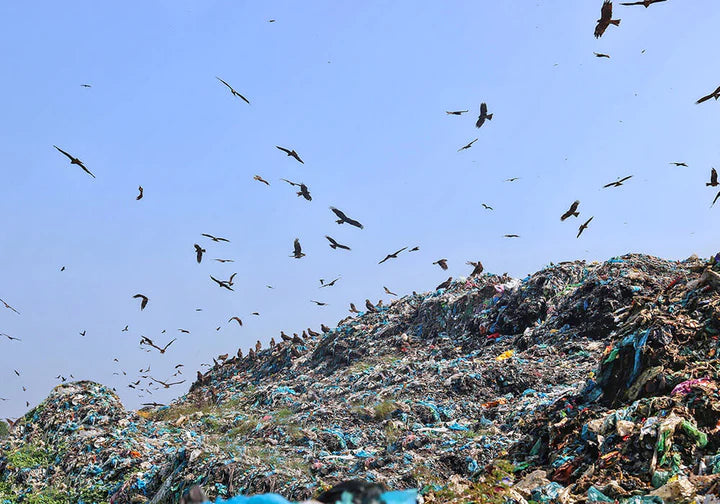
In the 21st century, conventional plastics such as polyethylene (PE), polypropylene (PP) are mass-produced and utilized in a number of single-use, disposable absorbent hygiene products due to their desirable properties and low costs. Unfortunately, these plastics come from petroleum origins and are non-biodegradable.
Over 45 billion period products are used and disposed of every year. Many products contain a large amount of plastic in them, which results in thousands of tons of non-biodegradable waste being generated every year. Majority of this waste gets dumped in acres of landfills, picked up by birds or animals, and can eventually pollute both land and water. In fact, microscopic plastic particles that reach the ocean can even get transferred through multiple food chain layers and end up on your plate.
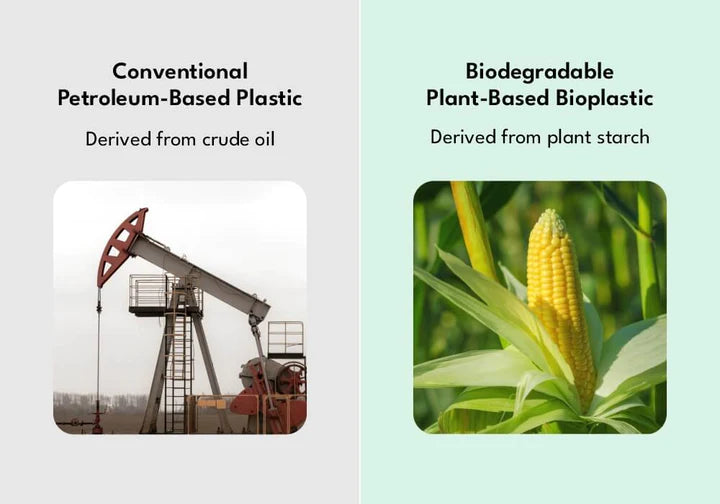
Bioplastics, in a nutshell, are derived from biomass (plants) such as corn, sugarcane, cellulose or other biodegradable polymers. Besides their inherent biodegradability, the transformation of renewable resources into bioplastics helps us reduce our dependence on finite fossil resources.
Using bio-based, biodegradable, and compostable plastic films made from renewable sources in absorbent hygiene products can act as a great sustainable alternative to conventional plastic since these kinds of biodegradable plastic or bioplastics can decompose easily due to the action of naturally-occurring microorganisms such as fungi, algae and bacteria.
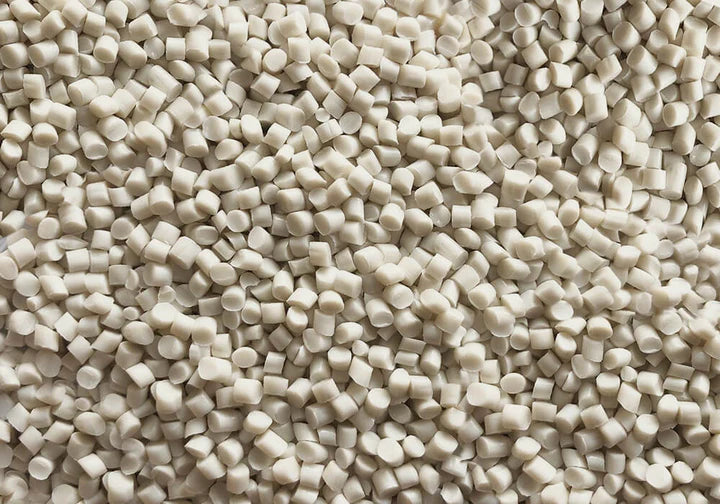
Our Bioplastics lab is working on developing granules and films that can be biodegraded by microorganisms and their enzymes, so that we can reduce our carbon footprint and environmental impact as much as possible while ensuring sustainable end-of-life scenarios for our products.
Our research focuses on developing biodegradable films by the polymerization of monomers derived from biomass that can offer similar properties and functionality as conventional non-biodegradable plastics. We also ensure that these biodegradable granules can be easily processed during polymer blending and compounding using a twin-screw extruder as well as effectively extruded into thin mono layer or multilayer films using single-screw extruders.
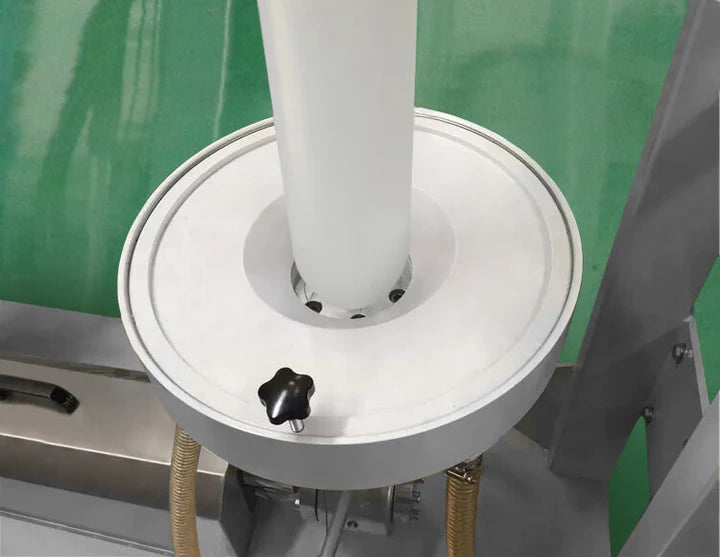
Compared to conventional plastics, bioplastics behave differently during processing. We focus on a number of parameters during granules compounding and film validation to ensure that the final extruded film meets all the quality requirements of absorbent hygiene products. At the formulation and process development stage, we focus on the uniform blending of the polymers and characterization studies such as mechanical properties, thermal properties, density and melt rheology, etc.
After optimizing granule composition, we evaluate film formability and extrusion parameters. Lastly, after extruding the film, we examine and optimize a number of parameters such as dimensional stability, tear and tensile strengths in longitudinal and transverse directions, printability, optical properties, water vapour permeability (breathability), etc.

